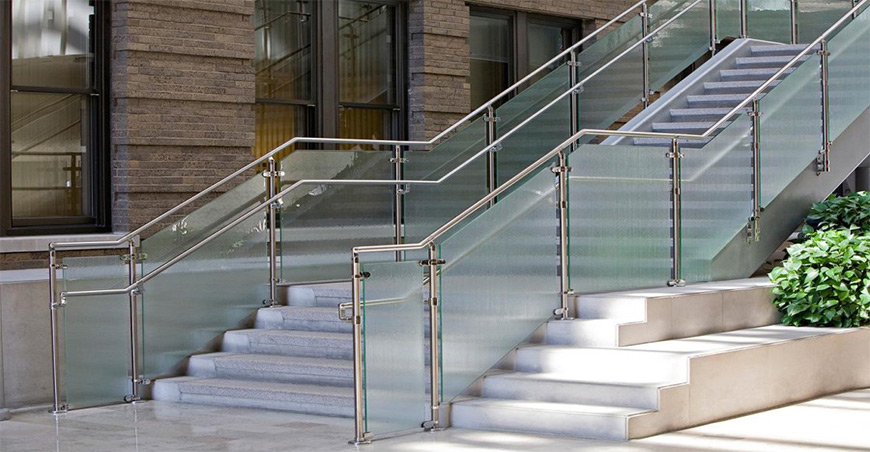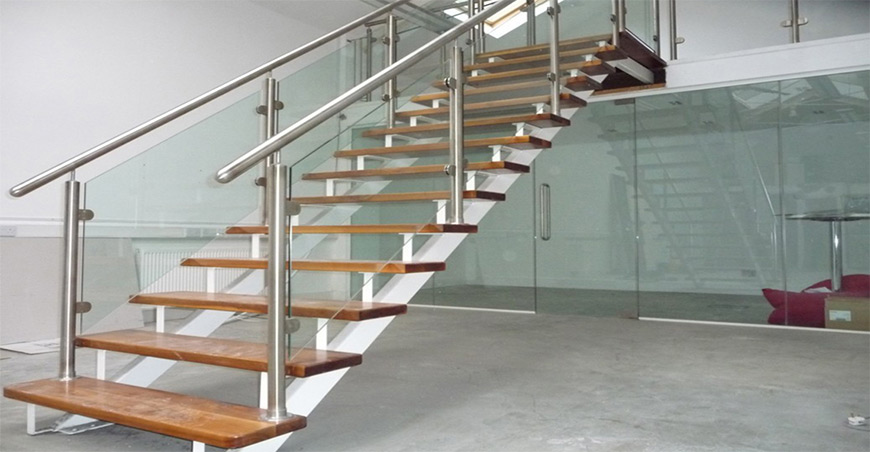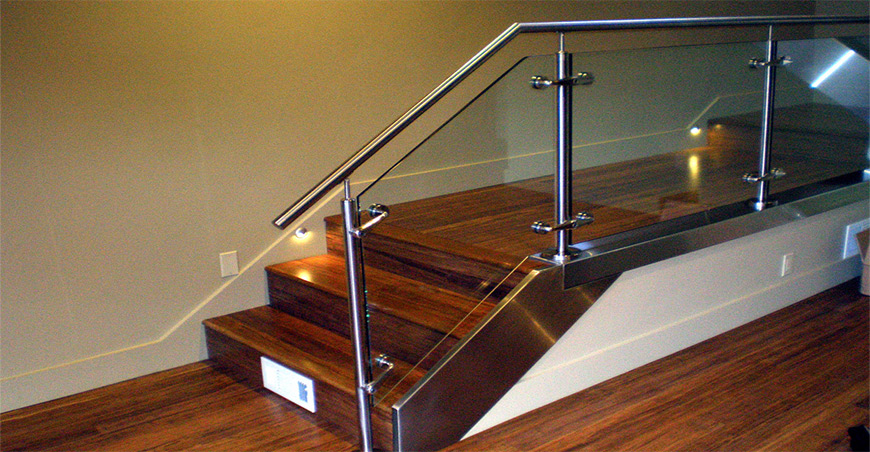In contemporary architecture, the balcony is more than just an extension of a living space; it is a vital design element that contributes to the overall aesthetic and functionality of a building. Among the various materials available for balcony railings, glass has gained significant popularity due to its ability to blend elegance, safety, and modern design. This essay explores the various aspects of glass balcony railings, including their aesthetic appeal, structural integrity, design versatility, and practical applications.
Glass balcony railings are often chosen for their unparalleled aesthetic appeal. One of the most striking features of glass railings is their transparency, which allows for unobstructed views of the surrounding environment. This quality is particularly valuable in residential and commercial buildings located in scenic areas, where the beauty of the landscape or cityscape can be fully appreciated without the visual barrier of solid materials.
The sleek and minimalistic design of glass railings aligns with modern architectural trends that emphasize clean lines and open spaces. Unlike traditional materials such as wood or metal, which can appear bulky and obstructive, glass railings contribute to a sense of lightness and openness. This effect can make balconies feel more spacious and inviting, enhancing the overall living experience.
In addition to their transparency, glass railings can be customized in various ways to suit different design preferences. For instance, frosted or tinted glass can be used to add privacy or introduce a subtle color to the railing. Etched designs or patterns can also be incorporated into the glass, allowing for creative expression while maintaining the modern aesthetic.
A common concern regarding glass balcony railings is their perceived fragility. However, advancements in glass manufacturing have resulted in materials that are both strong and safe for use in structural applications. Tempered glass, which is commonly used for balcony railings, is up to four times stronger than regular glass and is designed to shatter into small, blunt pieces if broken, reducing the risk of injury.
Laminated glass, another popular choice, consists of two or more layers of glass bonded together with a plastic interlayer. This construction not only enhances the strength of the glass but also ensures that, in the unlikely event of breakage, the glass remains intact, providing an additional layer of safety. Laminated glass also offers benefits such as sound insulation and UV protection, making it a practical choice for balconies exposed to direct sunlight or noisy environments.
The structural integrity of glass balcony railings is further enhanced by the supporting framework, typically made of materials like stainless steel, aluminum, or wood. These materials provide the necessary support to ensure that the glass panels are securely held in place, even under heavy loads or in adverse weather conditions. When properly designed and installed, glass railings meet or exceed the safety standards required for residential and commercial buildings.
The versatility of glass as a material allows for a wide range of design possibilities. Glass balcony railings can be customized to fit various architectural styles, from ultra-modern to more traditional designs. The transparency and clean lines of glass make it adaptable to different settings, whether it is used in a sleek, minimalist apartment building or a rustic, countryside home.
Glass railings can be designed in various configurations, including frameless systems where the glass panels are held in place by discreet fixtures, creating a seamless, uninterrupted view. Alternatively, glass can be combined with other materials, such as metal or wood, to create a more complex design that incorporates different textures and finishes. This flexibility allows architects and designers to create unique, personalized railings that complement the overall design of the building.
In addition to aesthetic customization, glass railings can also be tailored to meet specific functional requirements. For example, higher or thicker glass panels can be used for increased safety in areas with strong winds or where additional security is needed. Additionally, glass railings can be designed with integrated handrails or lighting elements to enhance both the functionality and visual appeal of the balcony.
Glass balcony railings are increasingly popular in both residential and commercial settings due to their combination of beauty, functionality, and safety. In residential buildings, glass railings are often used to enhance the living experience by providing unobstructed views and a sense of connection with the outdoor environment. Whether in a high-rise apartment with panoramic city views or a seaside home overlooking the ocean, glass railings allow residents to fully enjoy their surroundings.
In commercial settings, glass railings are commonly found in hotels, office buildings, and shopping centers, where they contribute to a modern, sophisticated ambiance. The transparency and sleek design of glass railings make them an excellent choice for spaces that prioritize aesthetics and luxury. Additionally, the durability and low maintenance requirements of glass make it a practical choice for commercial applications, where the railing must withstand heavy use and exposure to the elements.
Glass balcony railings are also valued for their ability to enhance the safety of outdoor spaces. The use of strong, durable glass ensures that the railing provides a secure barrier without compromising the visual appeal. In settings where safety is a top priority, such as in family homes or public buildings, glass railings offer the perfect balance of protection and design.
In today’s world, sustainability is a key consideration in architectural design, and glass balcony railings offer several environmental benefits. Glass is a recyclable material, and advancements in glass production have made the process more energy-efficient and environmentally friendly. Additionally, the long lifespan of glass railings reduces the need for frequent replacements, minimizing waste and the environmental impact of construction.
The ability of glass to allow natural light to pass through also contributes to energy efficiency. In buildings where glass railings are used extensively, the increased natural light can reduce the need for artificial lighting, lowering energy consumption and costs.
Glass balcony railings represent a perfect fusion of form and function, offering the transparency and elegance that are hallmarks of modern design, combined with the strength and safety required for practical use. Their versatility in design, low maintenance requirements, and ability to enhance both residential and commercial spaces make them an increasingly popular choice in contemporary architecture. As trends in architecture and design continue to evolve, glass balcony railings are likely to remain a favored option, embodying the ideals of modernity, openness, and sophistication.





